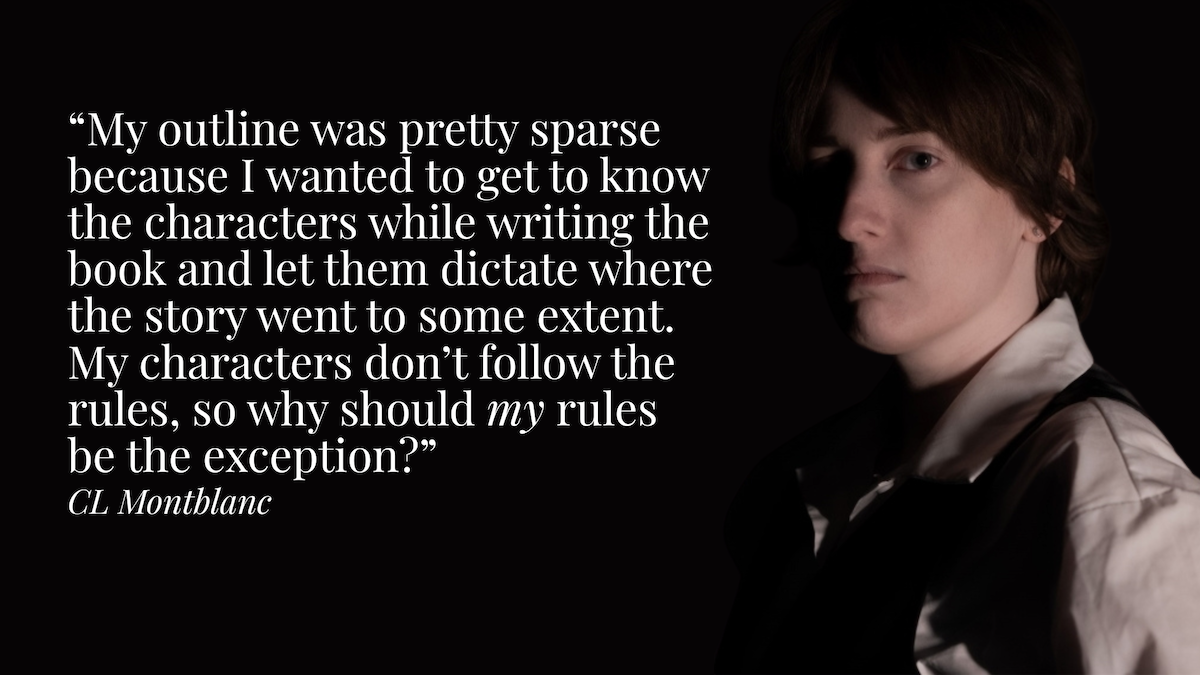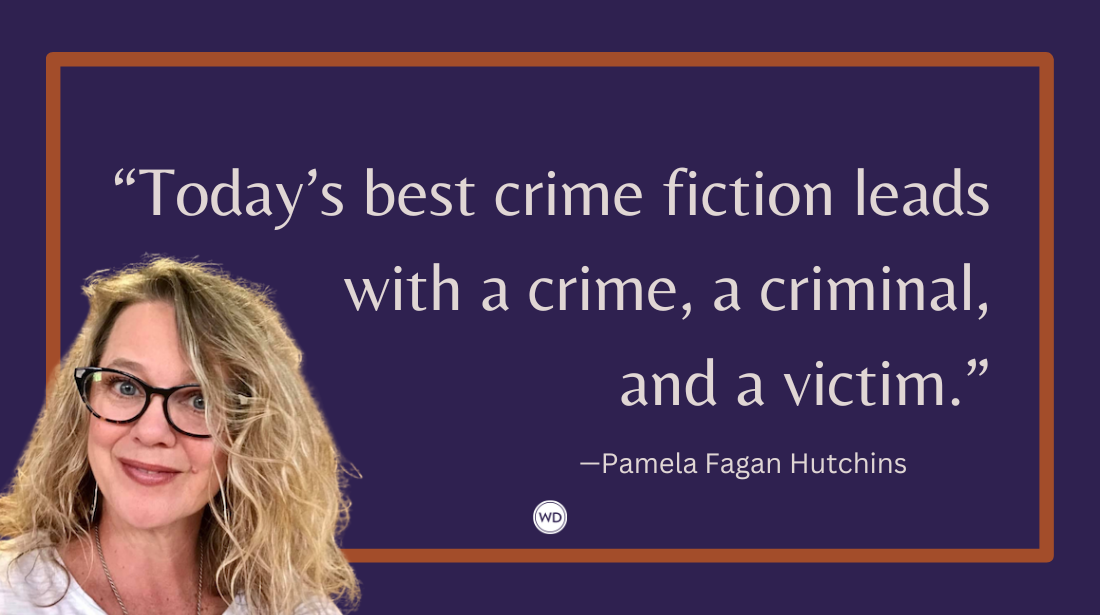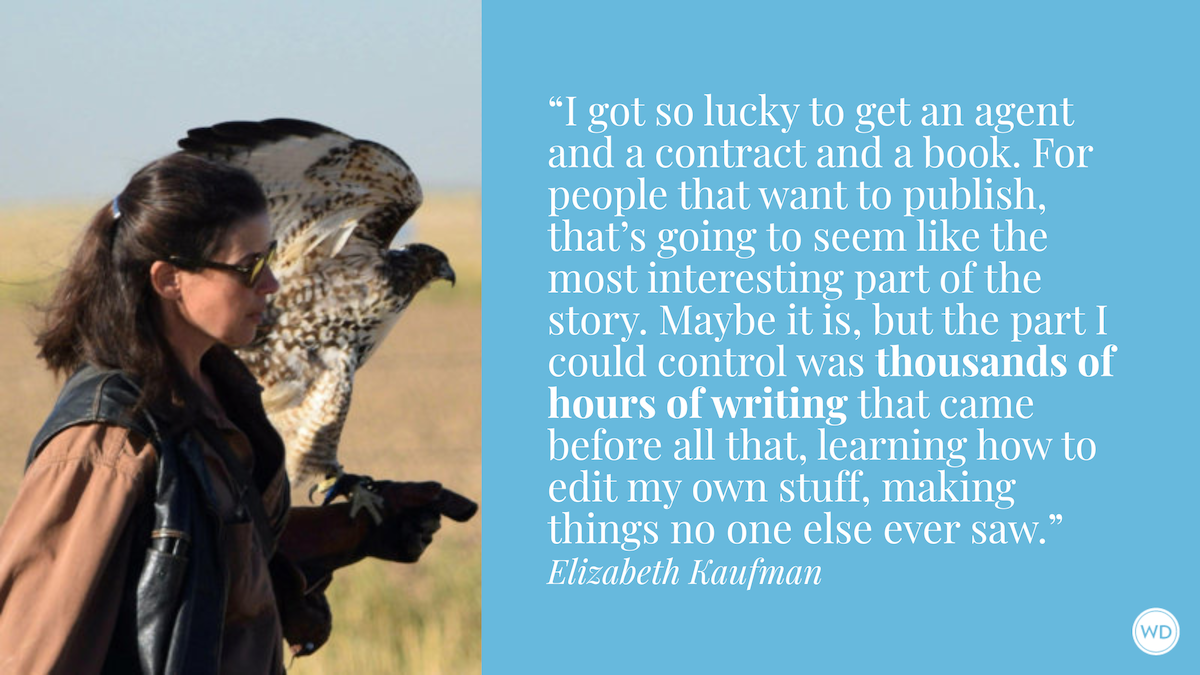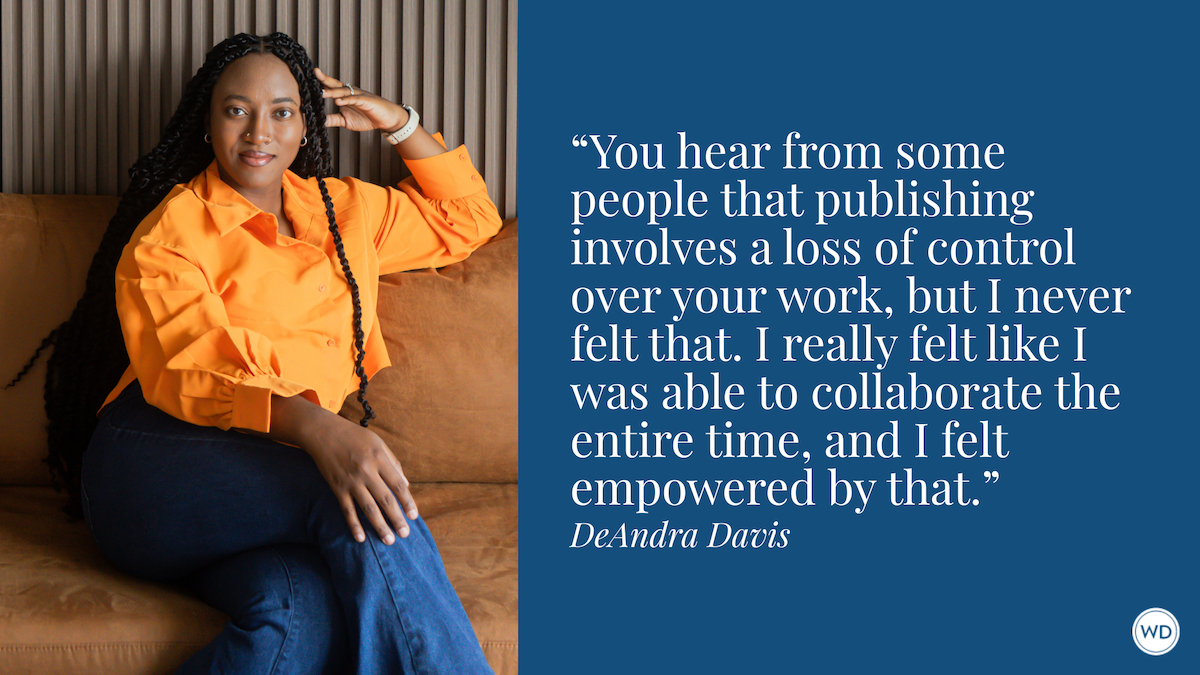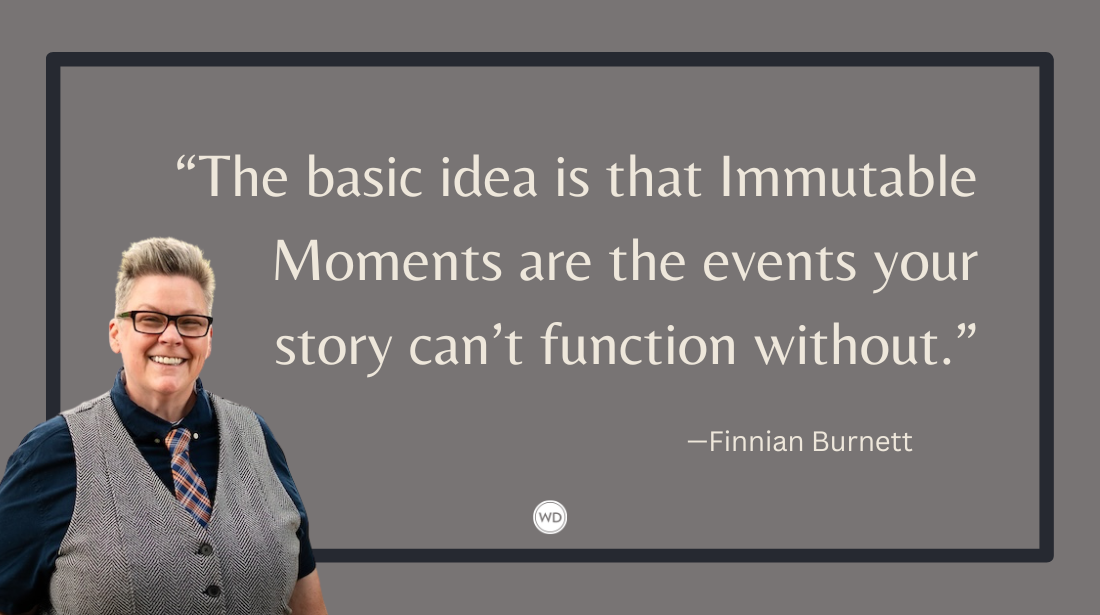How To Find and Write the Soul of a Place
When “home” is defined by more than one place, capturing each uniquely can be challenging and rewarding. Here, author Annette Libeskind Berkovits shares how to find and write the soul of a place.
Any writer who’d been an immigrant at one point knows how difficult is to capture the soul of a place. The life of an immigrant is not easy—putting on a new skin, transforming into someone else—it often obscures the true essence of a place, assuming any place has a singular identity and is not simply a kaleidoscope of human perceptions, different for everyone who experiences it. Writing about a place that had once served as one’s home can be both a treat and a challenge.
In writing about a place, a writer will first attend to its physicality, the spaces—are they wide open or constricted? The landscape, with its fauna and flora—even if it is only grass and ants— would feature in the descriptions. Then there is the sensory component: What impact does the place have on one’s senses? Does the body feel warm, or cold, or wet in the environment? How does it smell? Musty? Sour? Fragrant and fresh? You get the idea.
Endless adjectives will be available, but an author will strive to select only a few that are most evocative. That’s the easy part. But to dig beneath all those descriptions for the emotions is an entirely different challenge.
Having been born in Central Asia at the foothills of the Himalayas, then immigrating to communist Poland, later to newborn Israel and finally to the U.S., I needed to wrestle not only with physical descriptions of places in writing my memoir, Aftermath: Coming of Age on Three Continents, but with their emotional impact on me. There isn’t any doubt in my mind that a writer’s emotional state affects how she or he sees the setting.
The very first image of my life was a valley strewn with bright red poppies and behind them, the giants—the towering peaks of the Tien Shan mountain chain that is part of the Himalayas. It was also the place where standing in my outdoor crib I could reach up and grab a peach off the bough hanging low overhead. Some part of me still remembers my mother’s faux annoyed look seeing the nicks of my two front teeth on all the peaches within my grasp.
Those are warm memories that color my experience of Kyrgyzstan, but the red communist flags had no meaning to me at the time. To my parents, who suffered starvation and forced labor, the same place has a very different emotional resonance. They’d describe it very differently.
Poland, where I spent my elementary school years is always gray in my memory. I know that we went on vacations and there must have been lovely sunny days in the resorts of Krynica- Zdroj and Zakopane. There must have been sounds of birds and the smell of pines trees in the forests near our summer cottage rentals— yet I recall none of it viscerally. The antisemitism directed toward me and my family has rendered everything during that time the color of mud. The soul of the place was mute to my feelings of rejection.
IndieBound | Bookshop | Amazon
[WD uses affiliate links.]
Israel with its hamsin heat, its turquoise Mediterranean, and the cacophony of dozens of languages, all shades of faces and the embrace of family is what lingers in my memory. I know there were difficult times. We lived in a sublet apartment where I was repeatedly cautioned not to touch things, we were robbed, there were worries about money, and I experienced a painful separation from my beloved father. And yet … the soul of that place is eternally bound up in my mind with the joys of youth, of fun, of love, of discovery. It is an eternally happy soul.
At age 16 I arrived in New York. It was a crucial point where as a teen I stood on the brink of womanhood. Confusion and insecurity reigned in my brain. I was overwhelmed by the city’s mammoth size, its noise, and waves of humanity on the streets. And here once again— a new indecipherable foreign language threatened.
I suppose I could have been overcome and retreated into myself but that would not have been a wise survival tactic. Instead, I entered high school and studied English as if my life depended on it. In many ways, it did.
If a foreigner were to ask me to describe my adopted city it would be a challenge despite having spent most of my adult life in New York. I could write many different descriptions because each of the city boroughs has a distinct soul. After all, we have immigrants from 150 nations!
Yet, a rich cultural diversity is our most emblematic feature. If I were to express my city’s collective soul as a work of art, it would be a beautiful, huge multi-colored tapestry.
Annette Libeskind Berkovits is an American author. Despite being uprooted from country to country, Berkovits has channeled her passions into language study and writing. She has published two memoirs and a third, Aftermath: Coming of Age on Three Continents, will be released on September 13th, 2022, from Amsterdam Publishers. Earlier in the year, in March of 2022, a historical novel, The Corset Maker, inspired by the author’s mother was released by the same publisher. Her stories and poems have appeared in Silk Road Review: a Literary Crossroads; Persimmon Tree; American Gothic: a New Chamber Opera; Blood & Thunder: Musings on the Art of Medicine; and The Healing Muse. You can visit annetteberkovits.com for more information.



